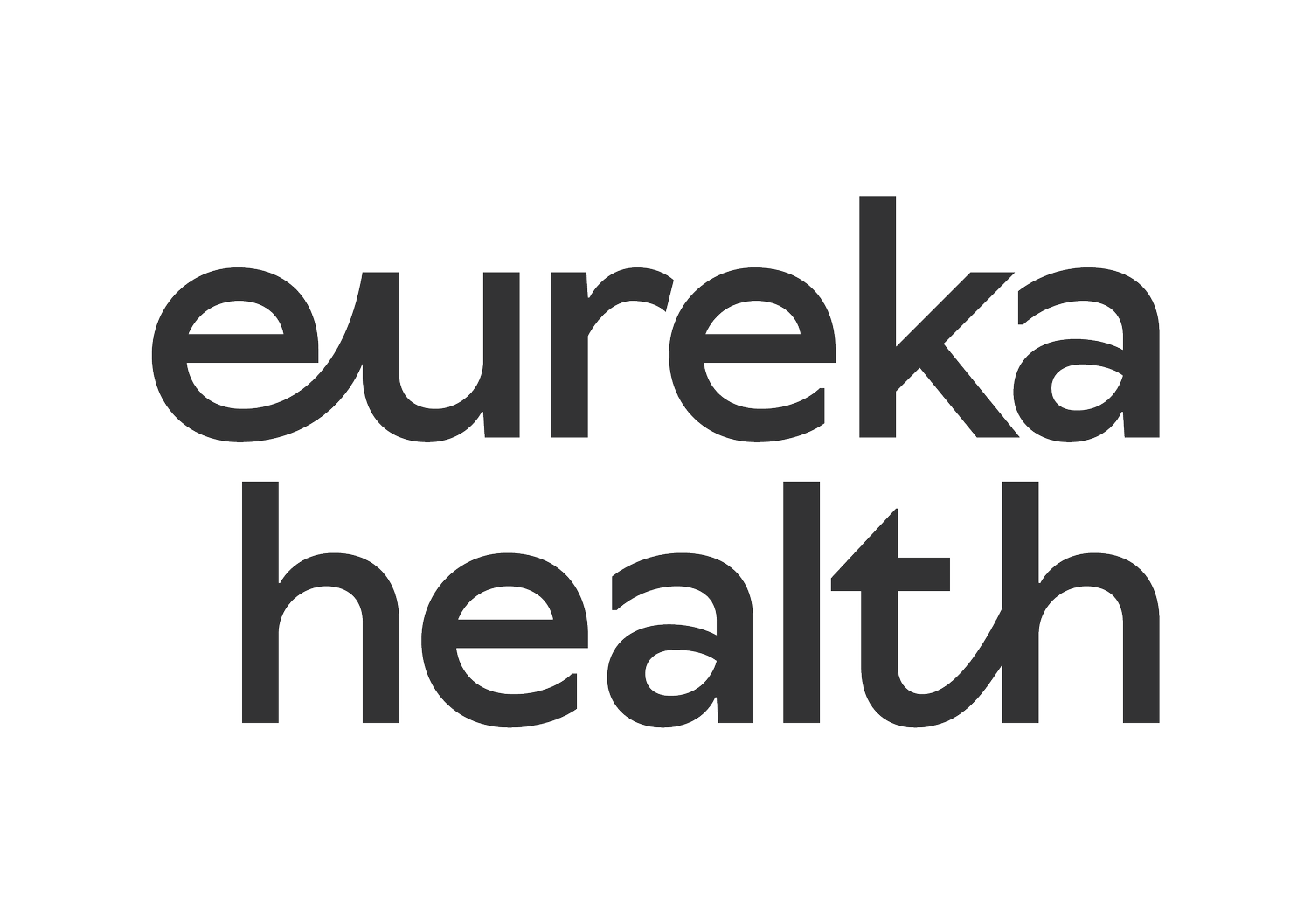Falls Prevention: why it matters
“I’m a little unsteady on my feet, but that’s just part of getting old”. You may have heard this said before from a parent, grandparent or colleague at work; you may have even been guilty of saying this yourself! Falls and becoming unsteady on your feet are not something that should simply be accepted with ageing. In Australia, it’s been found that falls account for the highest percentage of injury related hospitalisations and deaths each year (AIHW, 2023). What is even more startling is the majority of these occur within the home, with over half of these being on a single level surface.
And while those 65yrs and older are statistically at a higher risk, balance is something we need to be proactive in addressing at any age. Whether this be for sporting endeavours or simply day to day living, the components that contribute to a comprehensive falls prevention program are also something we shouldn’t wait until we get older to address. Rather they should be something we focus on implementing throughout the lifespan.
What are the warning signs that someone may be more susceptible to sustaining a fall?
Changes in gait patterns (most commonly a tendency to shuffle or increased forward lean of the torso.
Sarcopenia, loss of muscle strength/mass or frailty. This is of most concern if it is through the lower limbs and hips.
Increased use and reliance on the upper body, as opposed to using the lower body. In particular with tasks such as getting up and down from a chair or getting in and out of bed.
Changes in posture including increased forward lean of the torso.
Lack of confidence and constantly looking for objects to hold onto and steady themselves with when moving around.
So who is at the greatest risk when it comes to falls?
People 65yrs and older
Visual disturbances
Foot issues, disturbances or lack of sensation
Hip or knee osteoarthritis
Poor ankle stability
Low muscle mass or frailty
Poor single leg strength/control
Low levels of physical activity and increased levels of sedentary behaviour
Hypotension (low blood pressure)
Post cancer treatment
Prone to dizziness/vertigo
Poor balance
Kyphotic or forward hunched posture
And while you may be reading this concerned that you or someone you know ticks multiple boxes when it comes risk factors, the great thing is a number of these risk factors are modifiable - meaning we can be proactive in doing something about them! How do we do that you may ask? EXERCISE!
But how can exercise help? And what type do I need to be doing?
The right type of exercise can assist in various ways to reduce the risk of sustaining a fall. Research has shown for exercise to be of the most benefit a multifactorial approach is superior. Therefore an effective program should include exercise that centres on building functional strength and balance. Lower body exercises should centre on single leg loading in order to improve hip strength, control and stability. It is also important to consider the following aspects when it comes to exercise selection for a falls prevention program:
Strengthening the muscles to help reduce muscle weakening or wastage.
Improve bone health and maintain bone mineral density (BMD).
Improve both static and dynamic balance.
Improve coordination and reflexes/reaction time.
The great thing is all of this can be achieved without the use of fancy equipment or expensive gym memberships. Meaning everyone can access exercises to reduce their falls risk or to simply feel more steady on their feet. Small exercises such as sitting and standing from a chair or squatting in a controlled manner, starting with both legs and progressing to one leg at a time can be a great start. As is pressing up onto your toes whilst standing up (again with either one or two legs), step ups and balancing on one leg with your eyes open or closed.
How can I or someone I know get started?
Here at Eureka Osteo our Exercise Physiologist Abby has an array of knowledge in and is passionate about Falls Prevention. She can work with you to develop a more comprehensive and individualised exercise program aimed at improving both strength and balance either independently in the home or during supervised sessions in our clinic gym and OASIS studio. To book an Initial Exercise Physiology appointment or specific Falls and Balance Assessment click here. You can also phone our friendly reception team during business hours on 5333 2232.
We also have a number of different classes running in our OASIS studio from All Levels Reformer Pilates, Over 55’s Reformer Pilates, Clinical Exercise Classes and Prenatal Exercise Classes. All include exercises aimed at improving balance and hip control. To book a class click here.


